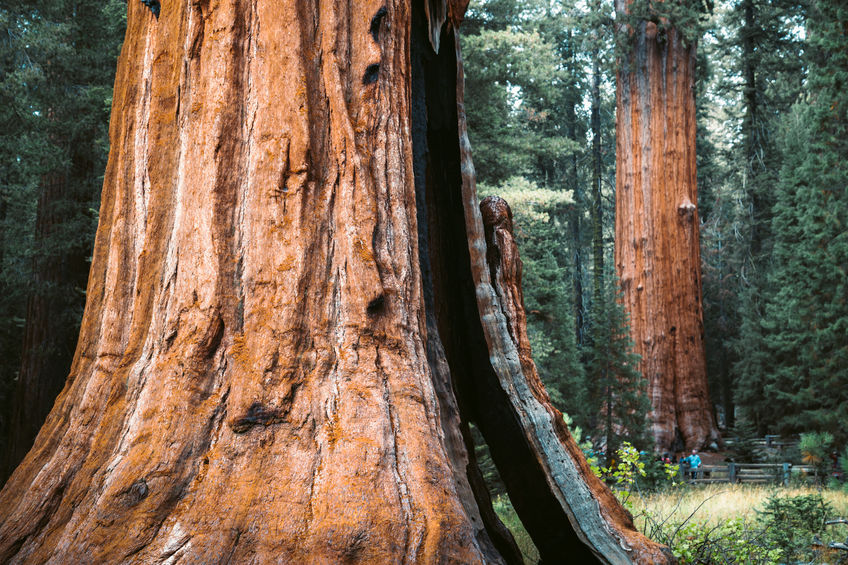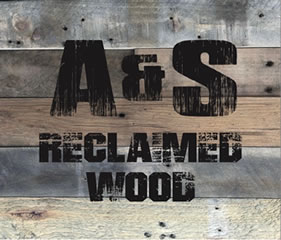
09 Aug What is an old-growth forest?
You may have heard that making the choice to use reclaimed wood planks for your next project helps to protect old-growth forests. But what exactly is an old-growth forest? And how do the beautiful reclaimed wood planks that A&S is proud to offer help to protect them?
Old-Growth Forests
The Minnesota Department of Natural Resources (MN DNR) provides a nice, straight-forward explanation: “Old-growth forests are natural forests that have developed over a long period of time, generally at least 120 years (DNR definition and consistent with definitions for the eastern United States), without experiencing severe, stand-replacing disturbance—a fire, windstorm, or logging.”
There are different types of old-growth forests, however. “Old-growth forests may be dominated by species such as sugar maple, white spruce, or white cedar that are capable of reproducing under a shaded canopy. These old-growth forests can persist indefinitely,” the experts at the MN DNR explain.
You can also find old-growth forests red pine, white pine, red oak or other kinds of trees that don’t do well in the shade. These types of trees require some kind of disturbance to open the canopy so that the sunshine they need can reach the ground. In the absence of a severe disturbance – like a wildfire, the MN DNR says, “These old-growth forests will eventually be replaced by the more shade-tolerant tree species.”
As the MN DNR reports, in a typical old-growth forest you are likely to find:
- Some trees that are at least 120 years old (often at least 2–3 feet across)
- Large, dead standing trees and branches (snags)
- Large fallen trees and branches lying on the ground
- A mix of young, old, and middle-aged trees
- Small openings (canopy gaps) that are visible between the tree crowns
- Dirt piles and holes from tipped-over trees (tip-up mounds and pits) dotting the ground
Reclaimed Wood & Old-Growth Wood
Old-growth forests are protected, but not everyone is as clear as MN DNR in defining what an old-growth forest actually is, so the strength of that protection varies from state to state and from agency to agency.
Old-growth wood tends to be stronger, with fibers that are denser, than the wood from younger trees. If you want the beauty and strength of old-growth wood AND you understand the importance of preserving the old-growth forests that remain, buying reclaimed wood is your best option.
If you have any questions about the sustainability of the reclaimed wood planks available from A&S Reclaimed Wood, please don’t hesitate to contact us.


No Comments